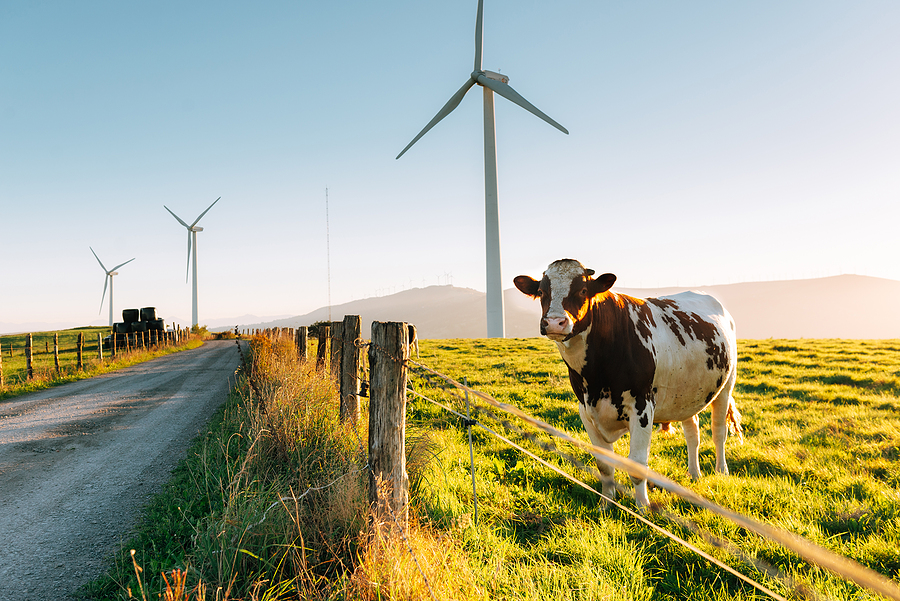
Which Pet Brand Will Emerge as the Sustainability Leader?
December 9th, 2021 Posted by Emergent brand messaging, Brand preference, brand strategy, Carbon footprint, Climate Change, climate culture, consumer behavior, Differentiation, Greenhouse Gas, Greenwashing, Navigation, Sustainability 0 comments on “Which Pet Brand Will Emerge as the Sustainability Leader?”The one that knows the secret to sustainability success…
The stakes in 2022 are high. The marketplace victory could be substantial. Who will win the sustainability derby and emerge as the pet category leader in environmental readiness?
Never before has so much been at stake so quickly as consumer culture change pushes sustainability to the front as a core driver of marketplace competitive advantage. This is a tougher hill to climb because it’s not about legacy advantages such as company size or distribution or ingredient quality. The outcome may bring a new cadre of progressive brands that gain incremental market share while the deniers and laggards face brand equity and value proposition declines.
- It won’t be the biggest budget – this isn’t about balance sheet heft
- It won’t be the loudest – this isn’t about media tonnage
- It won’t be the fastest – this isn’t just a pole race
Why sustainability is a pet category game changer
The Pandemic has served as a catalyst to refocus consumer priorities on more meaningful issues and conditions that help protect the world around us as much as they benefit ourselves and our pets. This development is occurring amidst increasingly obvious global warming events and signs of escalating climate chaos. Consumer research shows a growing priority placed on brand sustainability performance. Underneath we find increased awareness that our food system, both human and pet, is a key contributor to greenhouse gas impacts.
- According to a recent study conducted by Emergent’s insight research partner Brand Experience Group, 66% of consumers today are either passionate or deeply concerned about sustainability. The consumer is already there. It’s time for the pet industry to answer this call to action.
Rapidly changing consumer sentiment is pushing sustainability commitments and policies to the forefront. Along with it is a form of shopping friction bubbling up because there’s no simple way to sort one brand from another on sustainability bona fides. Consumers want to know what a more sustainable brand choice looks like. Who will step forward with the right, credible, trustworthy story? Which retailers will surface to offer guidance on more sustainable choices in their stores?
It’s time for a new pet brand mantra anyway
For more than a decade the premium pet food business has been focused on a short list of competitive arguments around grain free, percentages of meat in the formula and the relevance of an ancestral diet. It’s time to begin a new conversation with pet parents that isn’t another rehash of the tropes that have been popular over the long tail of the pet food premiumization revolution.
Sustainability is a welcome departure to a new brand narrative, one that is values driven. It may also be a catalyst for a wave of product innovation that changes the ingredient complexion of the pet food industry. The recent joint venture announcement between Hill’s and Bond pet foods, a pioneer in precision fermentation technology, may presage the dawn of meat proteins that don’t originate with an animal, bird or fish. The sustainable ingredient story there will be unprecedented.
Where’s the beef?
Well, it’s on top of the list of carbon generators from ag sources. At 30% of global greenhouse gas contributions, agriculture is the number two worldwide contributor to global warming. When you look underneath the hood, you find that the top two sources of GHG from agriculture are beef and lamb production. It stands to reason that pet food has a job to do in raising the bar for improvements over time – both in promoting regenerative farming practices and sourcing from environmentally-responsible suppliers with a more sustainable story to tell.
The secret to sustainability success
Fly right.
The essential sustainability truth in pet food is revealed in the supply chain.
- Meat forward diets mean carbon impacts are embedded in the product formulation.
- Pet food makes up between 25 and 30% of the entire environmental impact of domestic meat consumption.
- Meat centric pet diets generate approximately 64 million tons of carbon dioxide, equivalent to driving 13.6 million cars for a year, according to Gregory Okin, a UCLA Professor who published an environmental impact study on pet food in the PLOS ONE Journal.
The road to pet brand sustainability readiness begins with a scientific, data-driven analysis of carbon footprint. From that foundation comes the ability to establish science-based mitigation and improvement targets over time. It’s important to note that every brand in the business faces similar sustainability challenges. The advantage goes to those who will do the science-based analysis to understand where the business is today before creating the roadmap for where it will go tomorrow and beyond.
The science-based approach helps brands avoid the trap of greenwashing by bringing data informed benchmarks and commitments. This reality benchmark in the sustainability conversation provides the brand with a credible, trustworthy platform on which to build its narrative. Invoking sustainability claims without the science assessment, knowing the challenges exist in the supply chain, is risky territory. Media and consumers are getting smarter about what constitutes credible moves to improve sustainability readiness vs. less genuine apple-polish style messaging.
Who is going to be the first with carbon footprint labeling?
Granted this is a new conversation to start with pet parents. Just as consumers may not fully understand what the protein percentage numbers on a bag truly mean, they may also lack deep knowledge of carbon scores. Nonetheless, when a brand anchors its narrative in real researched targets, it gains immediate cachet for bringing new belief points to the stage.
The initial footprint statement is likely to be aligned with standards and commitments for change over time, so the brand users know what the company is planning for improvement. No one expects a brand to be perfect right out of the gate. No brand will be for that matter. However, the transparency and clarity delivered will measurably advance the brand’s position as “the more sustainable choice.”
Whoever grabs first-mover status here is likely to be a perceptual and voice leader in the conversation around pet food sustainability. We can imagine the remarkable anchor this will create for storytelling at Global and Superzoo, especially when you can establish a unique state of the art for sustainable practices in the industry.
Anatomy of a pet brand sustainability winner
The crown for sustainability leader will likely pass to the pet brand that steps in with the greatest integrity and authenticity.
- Begins with science-based carbon assessment and data informed mitigation targets.
- Grounded in insight research that reveals the areas of sustainable performance that matter the most to brand users.
- Backed by infrastructure to properly measure the business impacts of sustainability investments.
- Supported with a robust communications platform to tell the brand’s sustainability bona fides to key consumer and stakeholder audiences.
If you think sustainability matters in the year ahead to competitive advantage in the pet brand market, we would invite a conversation to discuss how we can help build your sustainable brand platform and story. Use this link to learn more in our Brand Sustainability Solution program guide.
Looking for more food for thought? Subscribe to the Emerging Trends Report.
Bob Wheatley is the CEO of Chicago-based Emergent, The Healthy Living Agency. Traditional brand marketing often sidesteps more human qualities that can help consumers form an emotional bond. Yet brands yearn for authentic engagement, trust and a lasting relationship with their customers. Emergent helps brands erase ineffective self-promotion and replace it with clarity, honesty and deeper meaning in their customer relationships and communication. For more information, contact [email protected] and follow on Twitter @BobWheatley.




